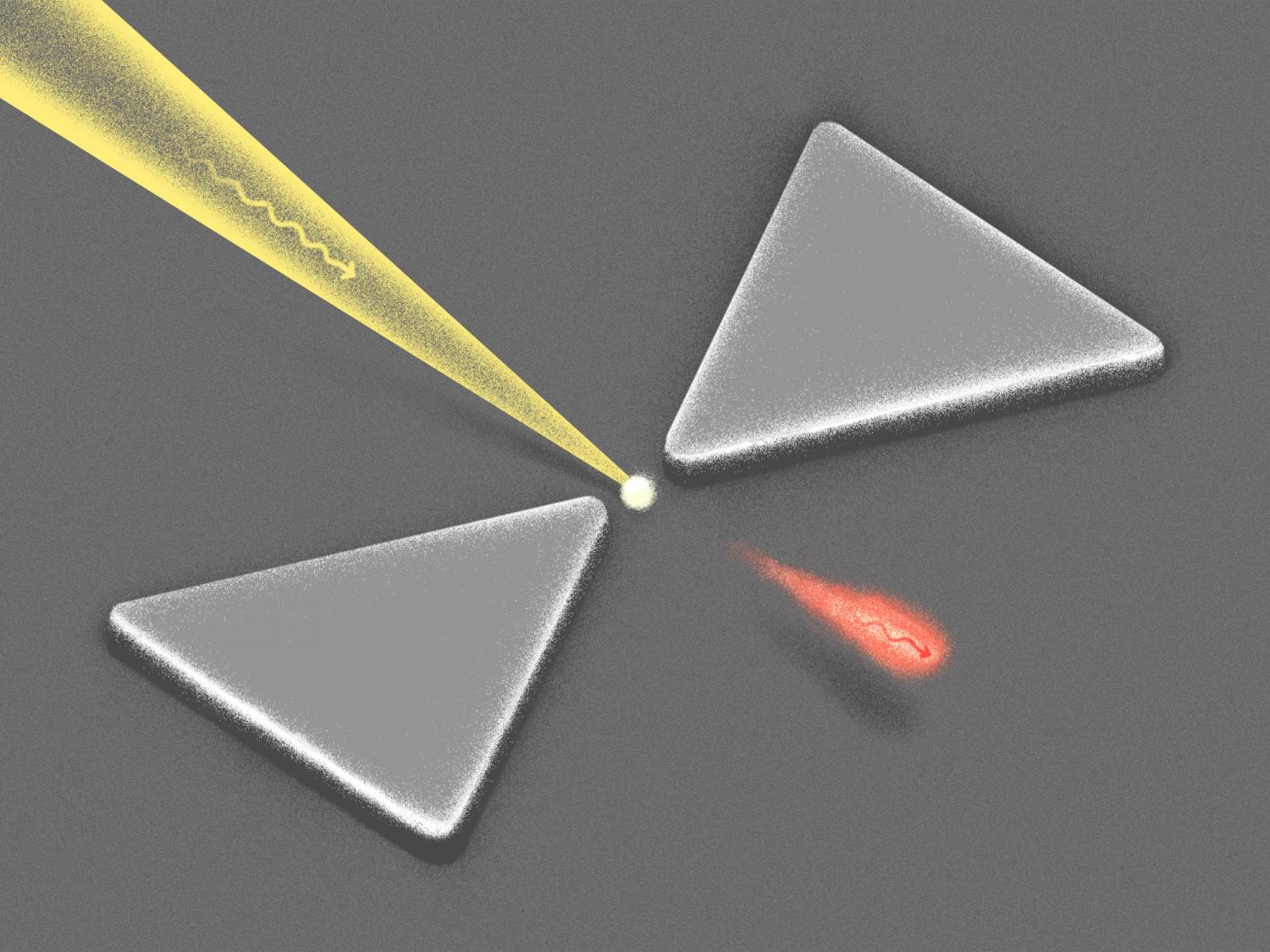Protection of nano-telecommunication information and communication in case of emergency and ( accidental noise or noise) PhD in nano-microelectronics
Researcher and author: Dr. ( Afshin Rashid)
Note: Noise is a low-frequency random oscillation that occurs in many nano-telecommunication devices, including nanoelectronics, environments, and organisms. Noise can blur signals, so it often goes out of electronic and radio transmission.
The origin of noise in nanoelectronics is currently mostly in carbon nanotubes based on nanocommunication functions and the structure of graphene particles in nanotubes interacting for nano-communication purposes by (nanoparticles) in CNT and multi-walled carbon nanotubes. The wall is made of CNTs. Nanomaterials with a high surface-to-volume ratio The noise produced by nano-electrons is very attractive because they are very sensitive to surface changes. A representative material of this type is carbon nanotubes, which are rolled sheets of graphene hexagonal lattice with a thickness of only one carbon atom.
A simple nanocommunication device consisting of a carbon nanotube that forms two electrodes. These magnetic particles are exposed to various large molecules, causing some of them to attach to the surface of the carbon nanotube. In nano-telecommunications , different molecules give unique sound signals in relation to the properties of the molecules. The power of interaction between carbon nanotubes and molecules arises from noise signals. In nano-telecommunications, the interaction with electronic nanoparticles based on carbon nanotubes changes the signal produced by the carbon nanotube device following the adsorption of specific single molecules. This is because the adsorbent molecule creates a trap in the carbon nanotube, which conducts it.This means that carbon nanotubes based on carbon nanotubes are very sensitive. And they can detect a unique amount of single molecules. The ability to describe single molecules using highly sensitive nanoelectronics is an exciting prospect for sensors, especially for neural applications and biosensors. The use of acoustic signals to identify molecular activity (interaction) or (active orbit) is attractive. In nanocommunication and interaction with electronic nanoparticles based on carbon nanotubes, the sensitivity of signal recognition may be increased through the production of controllable noise. These carbon nanotube-based nano-telecommunication devices show that it is possible to identify individual molecules through their unique noise particles in current nano-telecommunication signals. Improved knowledge of molecular origin and interaction with electronic nanoparticles based on noise nanotubes should lead to the development of electronics that use noise to improve their performance instead of destroying it.
Conclusion :
Nano-telecommunications and the unique interaction of single molecules in the interaction with carbon nanotube-based electronic nanoparticles involving low-frequency random oscillation noise that occurs in many nano-telecommunication devices, including nanoelectronics, environments, and organisms. Noise can blur signals, so it often goes out of electronic and radio transmission.
Researcher and author: Dr. ( Afshin Rashid)
PhD in Nano-Microelectronics




